According to Live Science, a report recently presented at the American Astronomical Society conference shows that the asteroid Dimorphos has been constantly tumbling in its old orbit around its parent asteroid Didymos and has been steadily decelerating for at least a month after colliding with NASA's DART spacecraft.
Dimorphos is a name that will be mentioned a lot in 2022, when a groundbreaking Earth defense experiment is carried out by NASA.
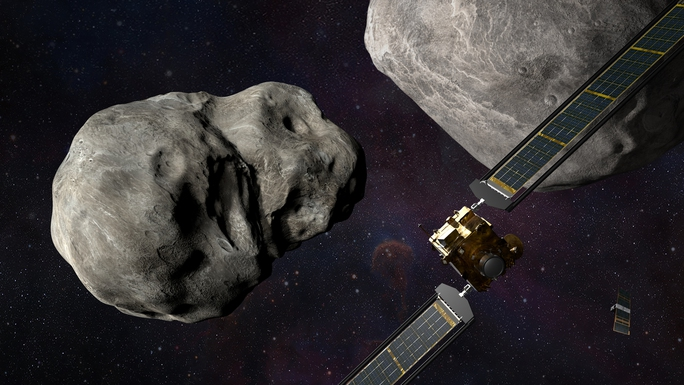
NASA's DART spacecraft on a collision course with Dimorphos (left). (Graphic: NASA)
NASA's Double Asteroid Redirection Test (DART) includes a suicide spacecraft of the same name that is tasked with targeting the smaller of the Dimorphos-Didymos near-Earth asteroid pair.
In this pair, Dimorphos acts as a small moon orbiting Didymos. Prediction models don't show either one posing a threat to Earth in the near term, but its location makes it the perfect choice for a test.
Assuming that Dimorphos was dangerous, NASA's DART spacecraft - on a suicide mission - crashed into the asteroid with the aim of knocking it out of its old orbit.
The test was initially successful and the asteroid began to change its trajectory and speed immediately after the impact. However, it did not change in the way predicted.
The new discovery was made by high school teacher Jonathan Swift and his students. The study also found that the asteroid appeared to have slowed down by up to 1 minute in its orbit just a month after the impact, then appeared to rebalance itself.
Its slowdown was also inconsistent, Swift said, possibly because the “cloud” of debris created by the impact, which NASA once claimed was vast, kept causing small collisions with the asteroid throughout the first month.
Meanwhile, NASA's DART team calculated that the asteroid slowed down by just 15 seconds, with preliminary results released shortly after the test.
Since then, Dimorphos and its parent asteroid, as well as the debris field, have been closely monitored by the space agency. The DART team plans to release its own report next week.
But to get a full answer about the impact of the strike, we will have to wait until 2026, when the European Space Agency's (ESA) Hera spacecraft approaches Dimorphos to investigate directly, in a joint mission with NASA.
(Source: Nguoi Lao Dong)
Source


![[Photo] General Secretary To Lam receives French Ambassador to Vietnam Olivier Brochet](https://vstatic.vietnam.vn/vietnam/resource/IMAGE/2025/4/17/49224f0f12e84b66a73b17eb251f7278)
![[Photo] Nhan Dan Newspaper announces the project "Love Vietnam so much"](https://vstatic.vietnam.vn/vietnam/resource/IMAGE/2025/4/17/362f882012d3432783fc92fab1b3e980)

![[Photo] National Assembly Chairman Tran Thanh Man meets with outstanding workers in the oil and gas industry](https://vstatic.vietnam.vn/vietnam/resource/IMAGE/2025/4/17/1d0de4026b75434ab34279624db7ee4a)
![[Photo] Closing of the 4th Summit of the Partnership for Green Growth and the Global Goals](https://vstatic.vietnam.vn/vietnam/resource/IMAGE/2025/4/17/c0a0df9852c84e58be0a8b939189c85a)
![[Photo] Promoting friendship, solidarity and cooperation between the armies and people of the two countries](https://vstatic.vietnam.vn/vietnam/resource/IMAGE/2025/4/17/0c4d087864f14092aed77252590b6bae)
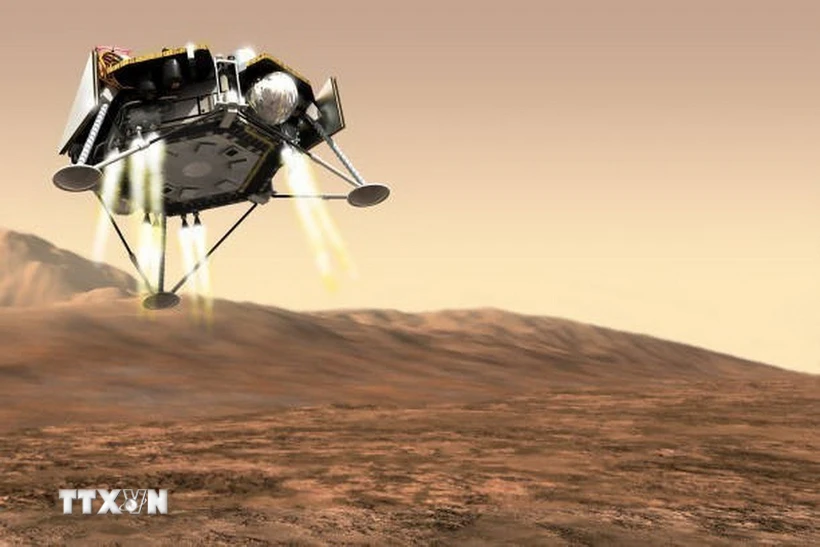

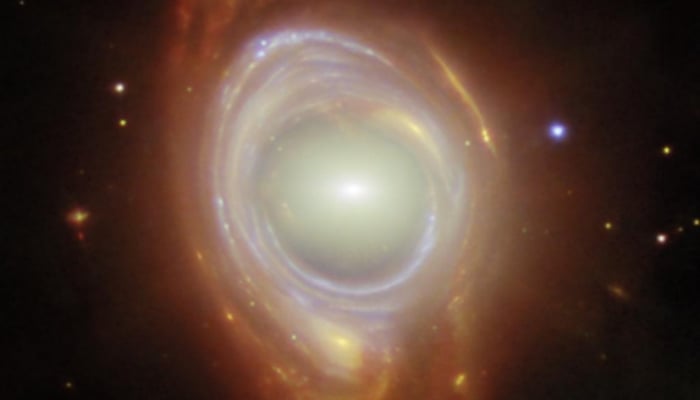

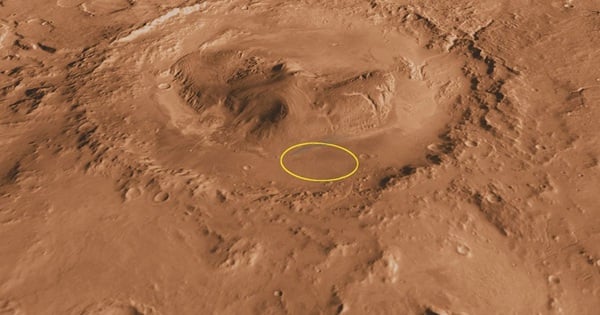

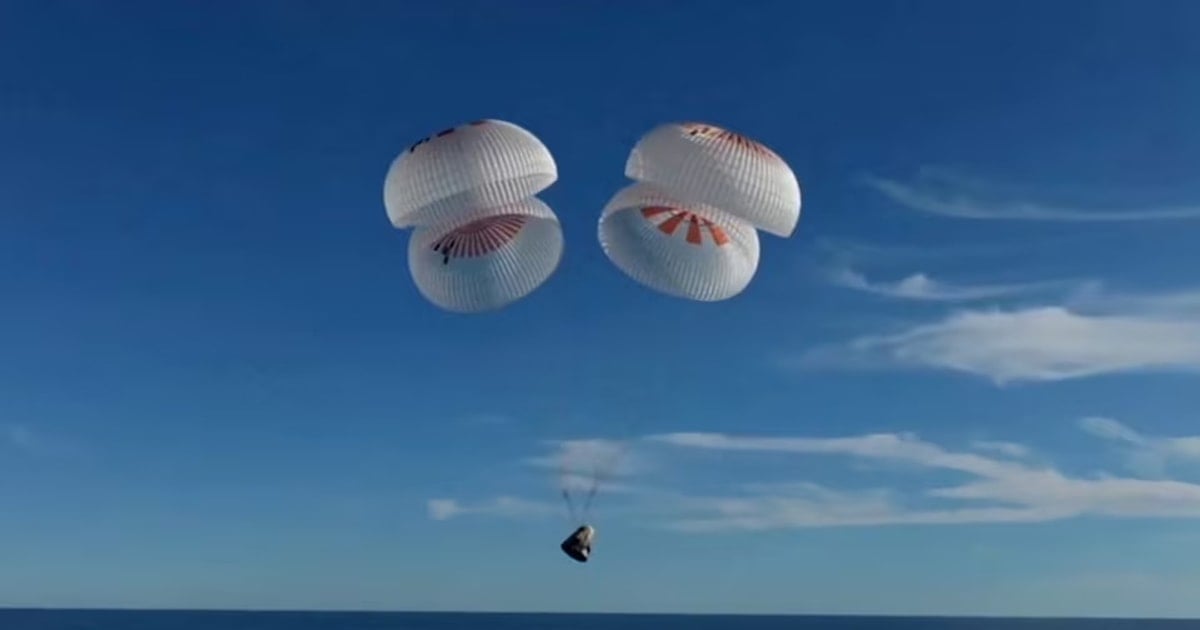

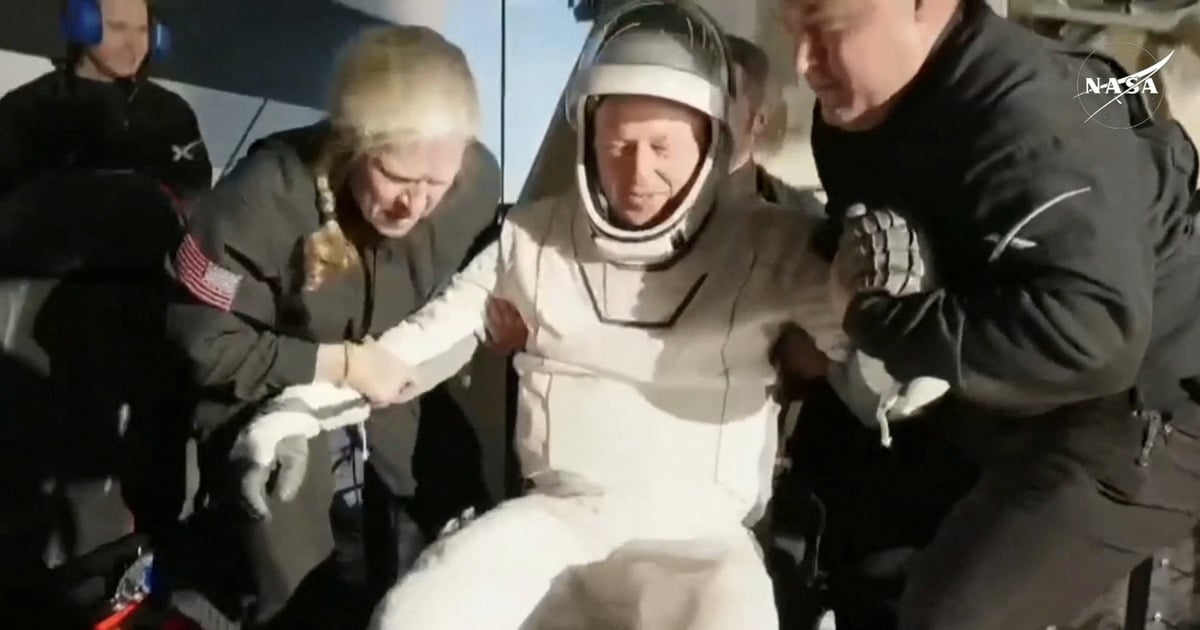

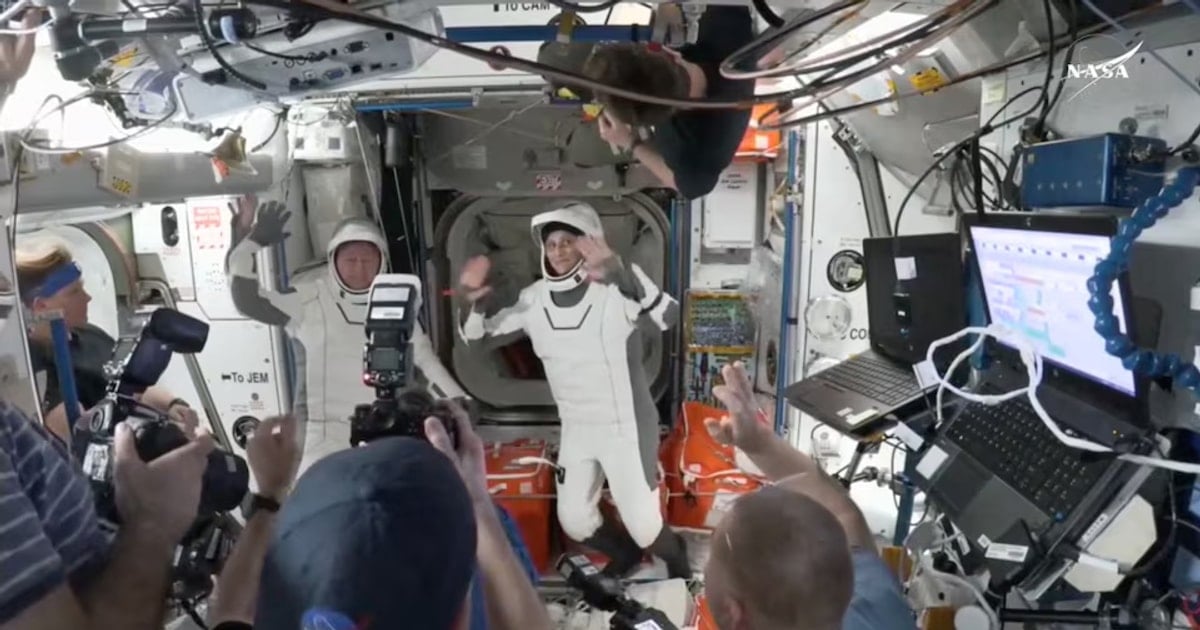
















![[Photo] Welcoming ceremony for Chinese Defense Minister and delegation for friendship exchange](https://vstatic.vietnam.vn/vietnam/resource/IMAGE/2025/4/17/fadd533046594e5cacbb28de4c4d5655)

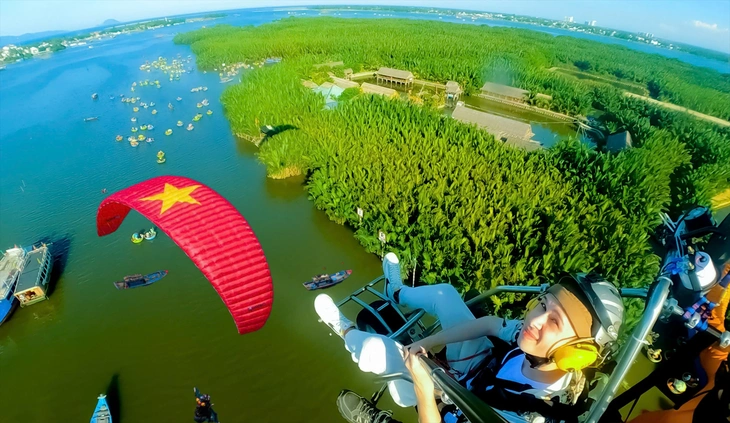





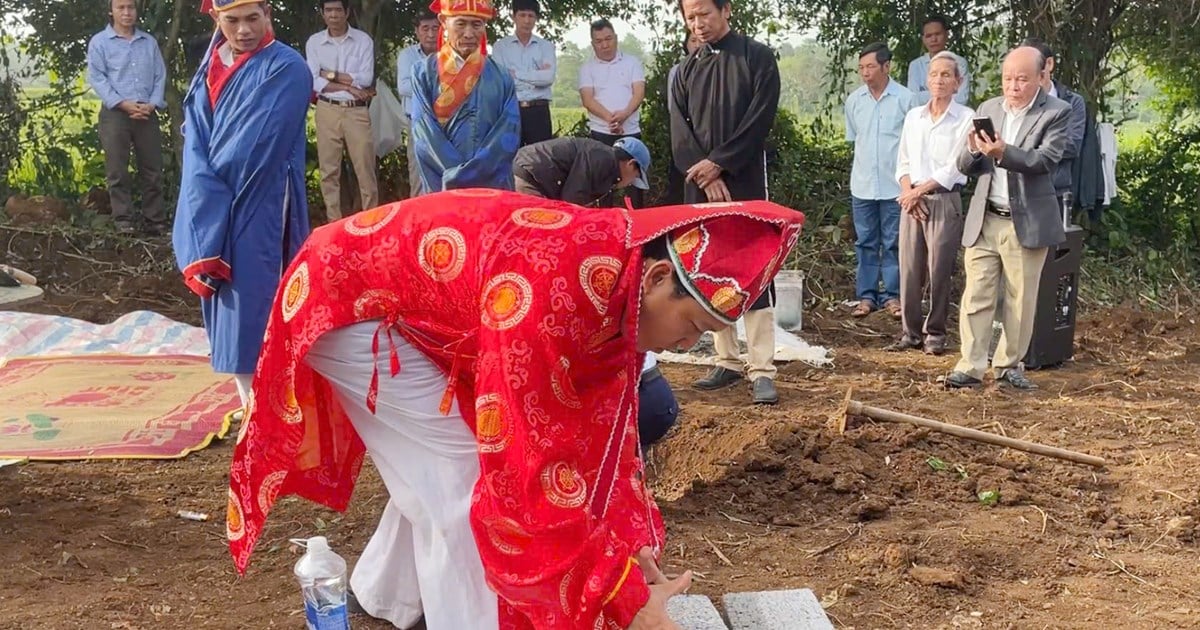













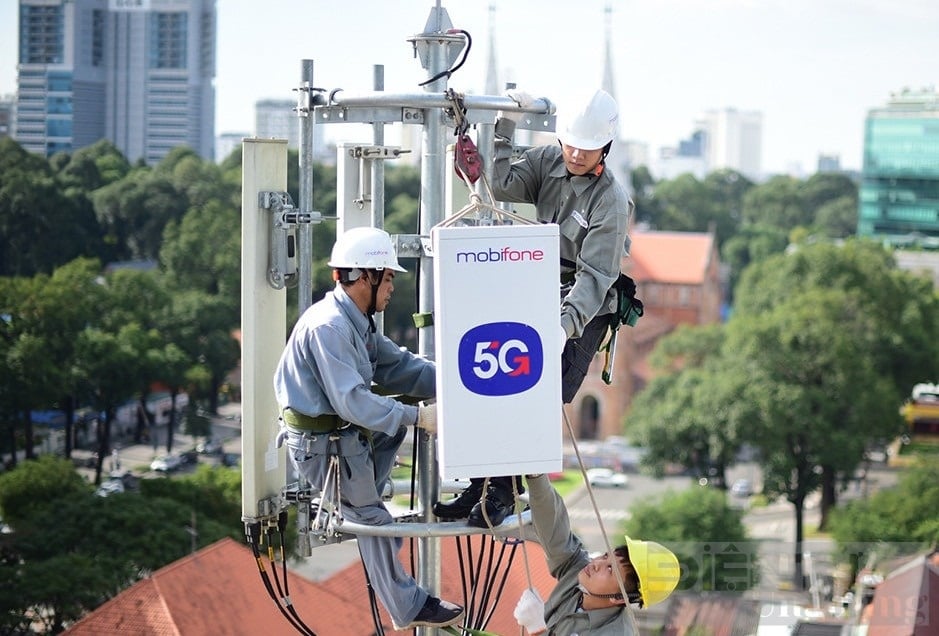





![[Video] Viettel officially puts into operation the largest submarine optical cable line in Vietnam](https://vstatic.vietnam.vn/vietnam/resource/IMAGE/2025/4/17/f19008c6010c4a538cc422cb791ca0a1)

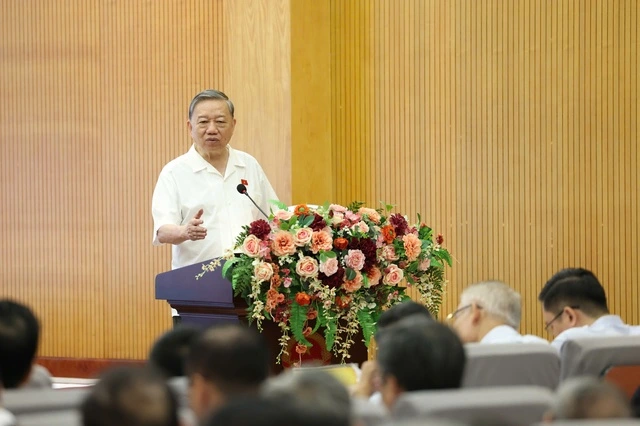


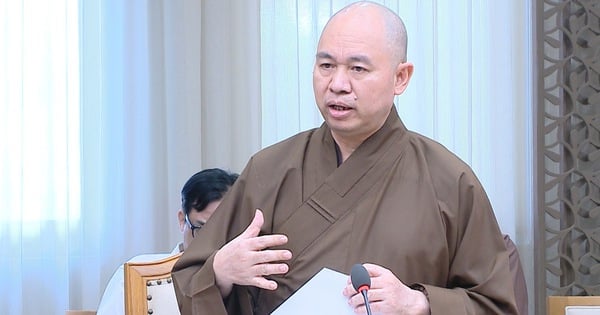
































Comment (0)